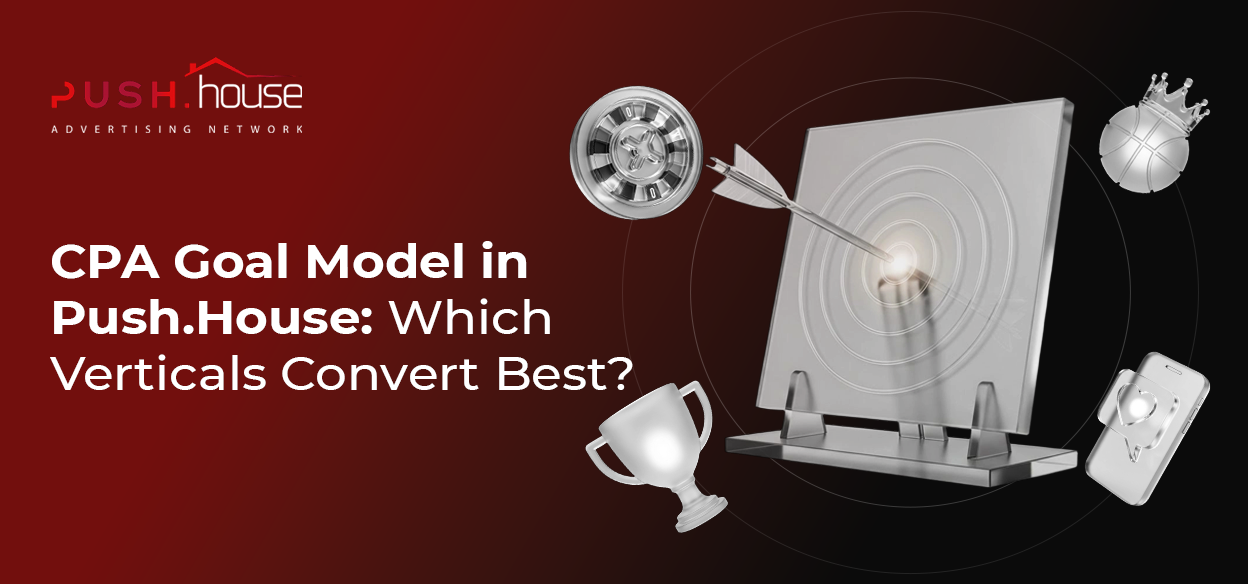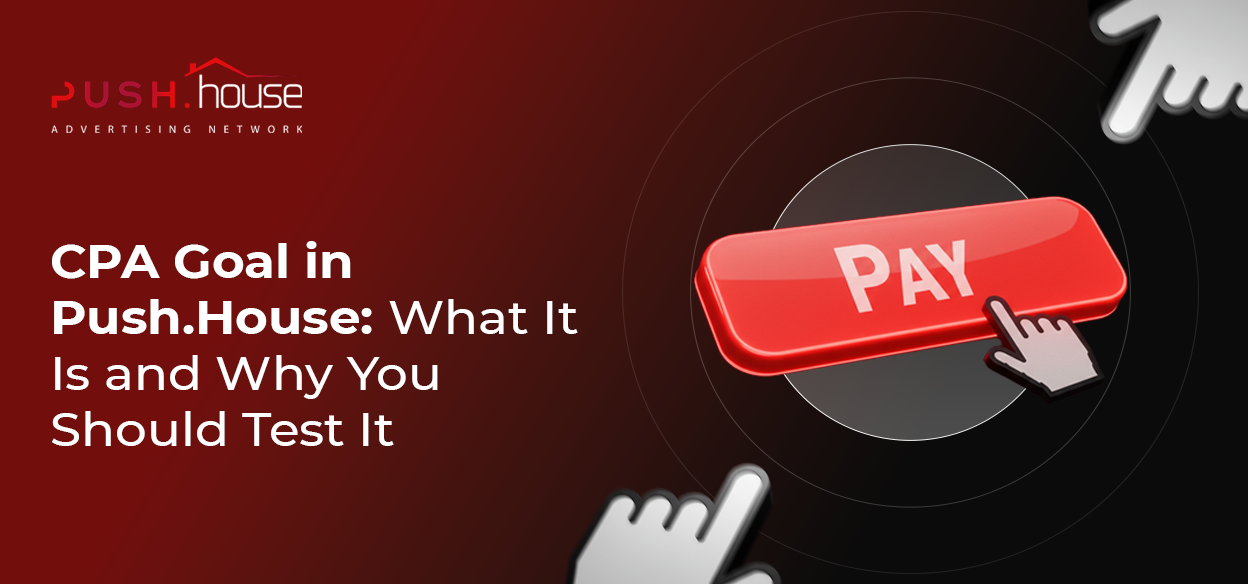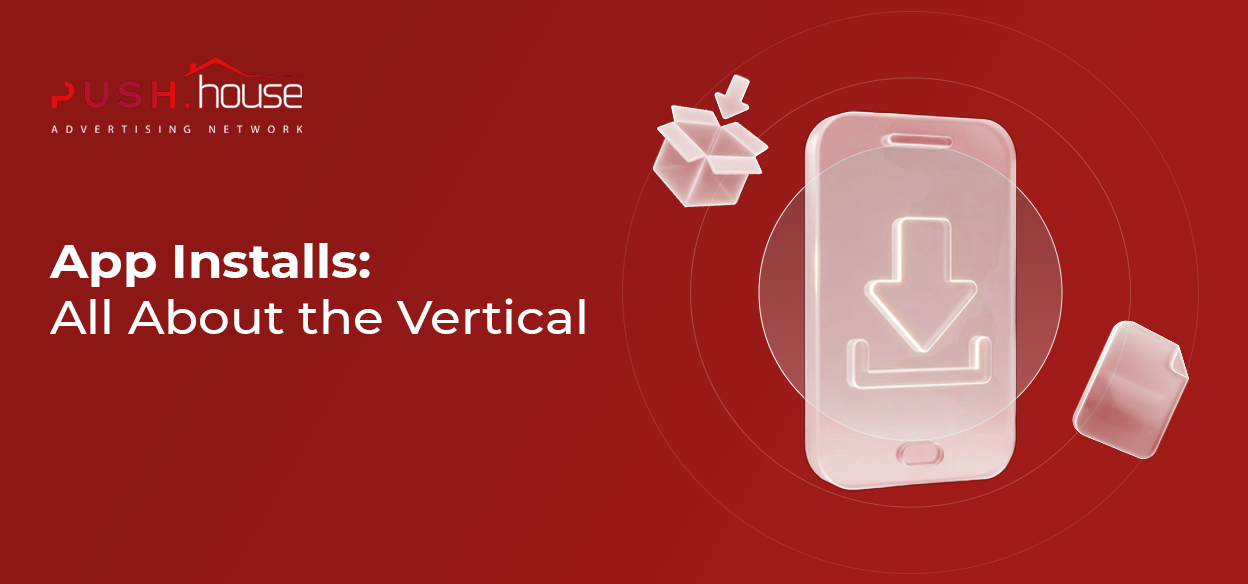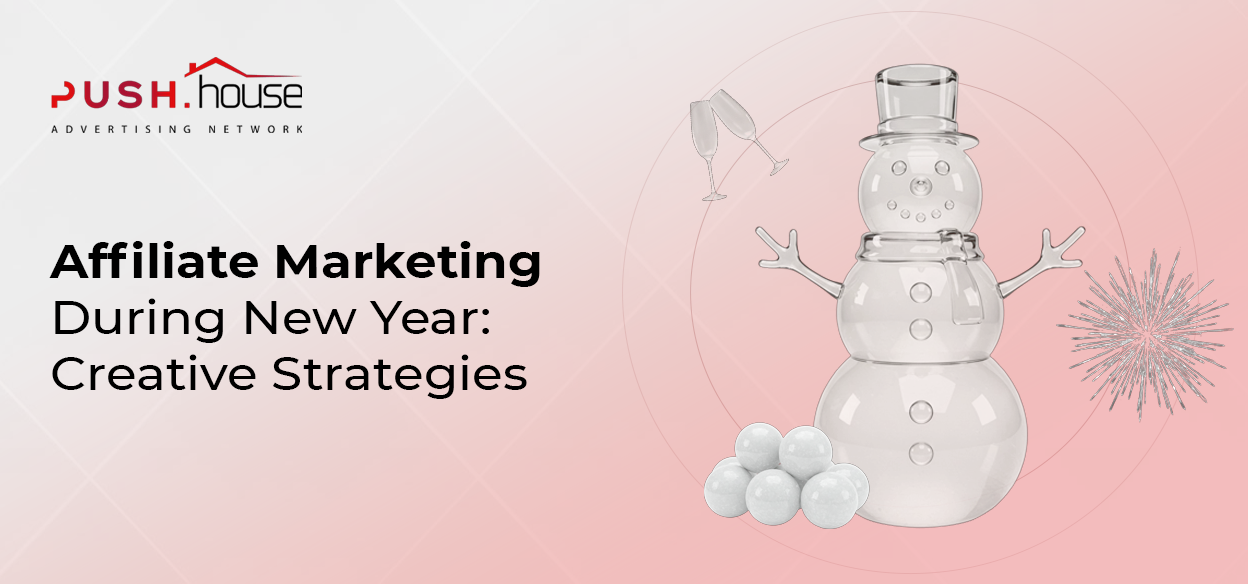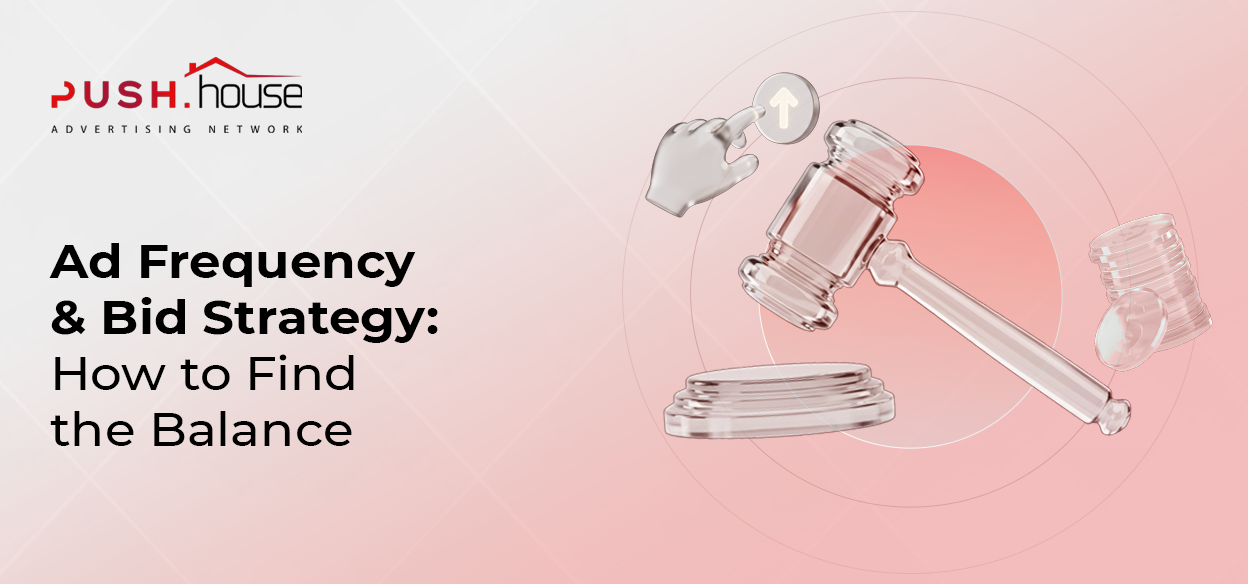
Ad Frequency & Bid Strategy: How to Find the Balance
Hey! Push.House here.
Let’s be honest — we see it all the time. One affiliate launches a campaign and starts profiting almost instantly, while another ends up burning their budget within hours.
So, what’s the difference? In most cases, it all comes down to just two key settings: ad frequency and bid.
In this article, we’ll walk you through how to strike the right balance — and how to avoid wasting budget while getting the best results.
Ad Frequency
Ad frequency refers to how many times a single user will receive your push notification within a certain time period — usually per day.
Too few impressions, and the user won’t be warmed up enough to take action. Too many, and the ad starts to feel annoying. Either way, you’re losing CTR and money.
Here’s what to keep in mind:
- For fast offers (impulse buys, dating, betting): 2–3 impressions per day is usually enough to catch attention without being intrusive.
- For more complex offers (finance, subscriptions, apps): test 4–6 impressions daily. These users may need reminder ads to come back and convert.
- For retargeting: you can go higher — up to 7–10 impressions. This is a “warm” audience that already knows your product, so they’re less likely to bounce.
Bidding: Why “Going Low” Doesn’t Always Save Money
Your bid is how much you’re willing to pay per impression or click. Push.House uses an auction-based system — so the higher your bid, the more likely you are to get better traffic and faster.
We always recommend starting with a competitive or slightly above-average bid for your chosen GEO. You can find reference rates in the campaign settings or the “Network Volume” tab. This gives you better rotation, faster data, and a quicker path to profit.
Here’s what you need to know:
- Below-market bid → you’ll mostly get leftover traffic, which usually converts worse.
- At-market bid → you’ll steadily win some volume and gather decent analytics.
- Above-market bid → you’ll get top priority in the auction — just make sure your conversions cover the spend.
How to Find the Right Balance
Finding the sweet spot always comes down to testing and analyzing. Here’s a quick working checklist:
- Start your campaign with a competitive bid — don’t try to save money right out of the gate.
- Set your frequency based on vertical: 2–3 impressions for fast offers, 4–6 for complex ones.
- Watch your CTR and CR — if CTR drops as frequency goes up, it’s time to dial back the impressions.
- Adjust bids gradually, 10–15% at a time — this helps you keep volume while avoiding overspend.
- Analyze the GEO + bid + frequency combo — that’s what determines your results, not each setting on its own.
And remember: there’s no one-size-fits-all formula for every campaign. But here’s one rule of thumb — Your bid gets you the traffic. Your frequency gets you attention. If either one drops, the other one stops making sense.
Final Thoughts
Ad frequency and bid strategy aren’t two separate metrics — they’re a pair that works together to drive performance. Keep the balance: don’t choke your campaigns with low bids, and don’t overwhelm users with endless impressions. When you get it right, your ads on Push.House start working for you, not against you.



